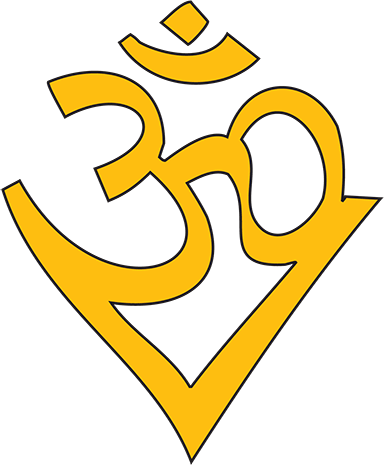Ireland was one of the few countries not conquered by Rome until the 5th Century. It had a vibrant culture and a belief in many Gods. The Celtic culture and Gaelic language of the people of Ireland had striking similarities with the Indian civilisation and the Sanskrit language. The Old Gaelic word ‘aire’ (Irish) means ‘noble’, which is the same as the Sanskrit word ‘arya’. The Celtic name for the River Thames is Tamesis, which means dark river. A tributary of the Ganges is called Tamas. Tamas in Sanskrit also means dark or negative. River Thames therefore is a Sanskrit-origin name! The word for ‘soul’ is ‘anam’ in Gaelic and it is ‘atma’ in Sanskrit. The King in Gaelic is called Rig, the English word ‘reign’ and the German word ‘Reich’ are all from Sanskrit origin word Raja or king. Ancient bardic poetry and poems of praise in Celtic Ireland were in the similar tradition of the Hindu Vedic system. Celtic gods were called ‘deuos’ and the Hindu gods are called ‘devas’. Celtic cosmology is parallel to the Vedic Hindu cosmology which is based on 27 lunar houses called ‘nakshashstras’.
For generations the Celtic people had passed on the story of Goddess Danu. Danu means divine waters. A story of Goddess Danu also appears in Vedic scriptures and it has the same meaning. The famous River Danube which runs through many European countries derives its name from Goddess Danu. Celtic god Lugh is very similar to Vedic god Indra. Both carry thunderbolts. Celts believed in transmigration of the soul just as Hindus do. The Druids were an integral part of the Celtic society. They were held in high esteem. Druids respected nature and animals. They were like the Brahmins of India. Their occupations included being Seers, Healers, Royal Advisors and Judges. The word Druid in Sanskrit means ‘immersed in knowledge’. The Celts had four divisions of society just like the Indian system of four classes: Brahmin (intellectuals), Kshatriya (warriors and rulers), Vaishya (mercantile and farmers) and Shudras (artisans).
The greatest poet-philosopher of Ireland William Butler Yeats (1865-1939) was deeply influenced by Hindu thought. A few years before his death he said that, ‘I have fed on the Upanishads all my life’. His Indophilia began when he attended a talk by Mohini Chatterjee, a Theosophist and Vedantist, in Dublin in December 1885. On July 7 1912, Yeats met India’s great poet Rabindranath Tagore. He wrote an introduction for Gitanjali, a collection of poems written by Tagore. Yeats also met Shri Purohit Swami, who was a poet, philosopher and Hindu monk. Yeats wrote an introduction to Swami’s autobiography: ‘ The Autobiography of an Indian Monk: His Life and Adventures’. Amongst other things, Shri Swami and Yeats worked together to translate’ The 10 Principal Upanishads’. This was done in Majorca during the years 1935 and 1936.
There was a surge of interest in Europe from the 1790s with Indian culture and metaphysics. Shakuntala, the great folklore written by 5th century poet and playwright Kalidasa heralded this new respect and understanding of India. It was first translated into English by Sir William Jones in 1789. Over the years 46 other translations in twelve European languages took place. It is a sweet irony that the Taoiseach (leader) of Ireland Leo Varadkar’s father Ashok Varadkar is from Mumbai.
The onset of Christianity from the 5th century resulted in the almost complete disappearance of Celtic and Druid faith and culture from Ireland.
Ancient India and its people known as Aryans had spread its influence in many parts of the world.
Nitin Mehta
28 May 2020.
